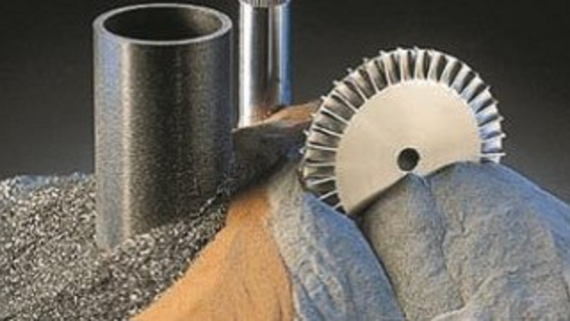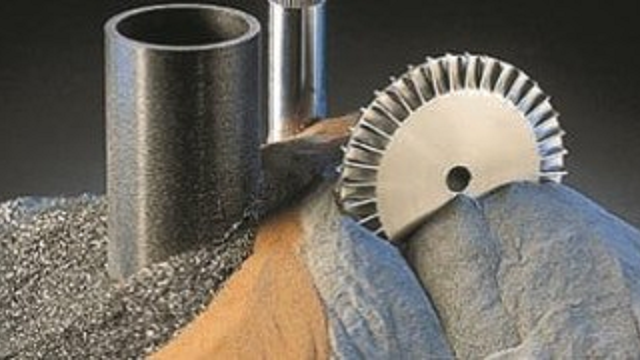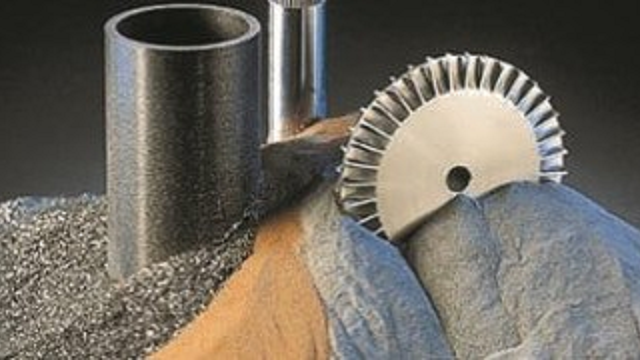[Translate to English:] Bernd-Arno Behrens, Martin Bonhage, Alexander Chugreev, Ingo Ross, Irfan Yousaf Malik (2018); International Conference on Metallurgy and Materials, Pages: 330-335



Powder forging is mainly used for very large quantities or for special requirements. Through a subsequent sintering, a higher strength can be achieved. In the area of process simulation, the powder forging process is analysed in terms of defects that occur and possible local densities that can be achieved. However, compared to metal materials modified material models like the Drucker-Prager-Kappen model are to be used and parametrised to take into account the compaction behaviour during the process. Within various research projects experimental testing methods and material models have been developed to characterise forming behaviour of metal powders. Once material model has been parameterised, the simulation model can be used to determine the distribution of the relative density at the end of the process. With the aid of the model, the die kinematics can be specifically adapted during the process investigation so that a homogeneous distribution of the relative density can be achieved. If the relative density is known, the crack resistance and thus the strength of the component can be estimated.
Publication
The growing range of applications for parts made of light metals (magnesium, aluminium or titanium) could lead to parts made of steel being replaced by parts made of light metals. However, magnesium and aluminium parts in particular reach their technical limits when exposed to high tribological, mechanical or thermal loads. For this reason, the so-called metal-matrix composites (MMC) are often used, which have the advantages of the light metal (low weight and high ductility) and the reinforcing phase (high hardness, high strength and good wear resistance). For example, one project investigated the specific forming behaviour and mechanical material properties for the production of partially particle-reinforced powder metal parts. The effects of different process parameters (press force and mould temperature) on the material flow of the partially particle-reinforced material system and the structural strength of the moulded parts were analysed. In addition, numerical simulations were performed to analyse the density evolution during forming and to determine the influence of porosity on the deformation behaviour of the material under consideration. The results will help to evaluate the dependence of the residual porosity for sintered forgings on the prevailing forming mechanisms.


























